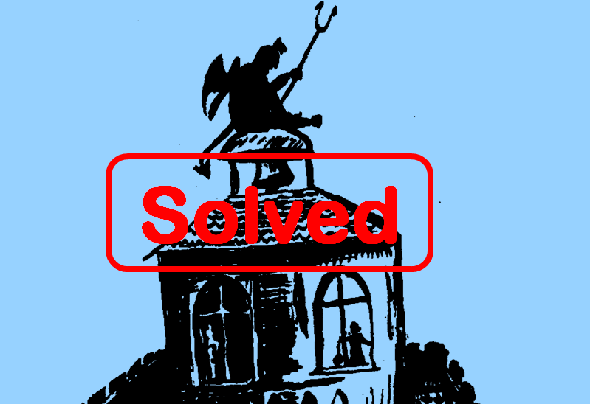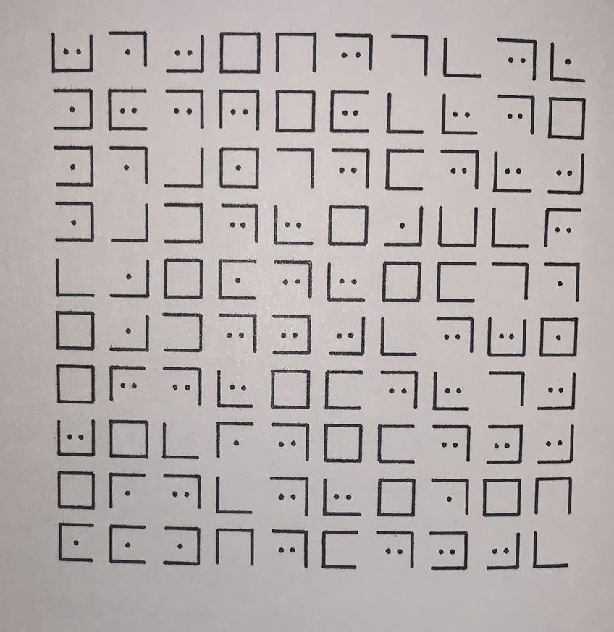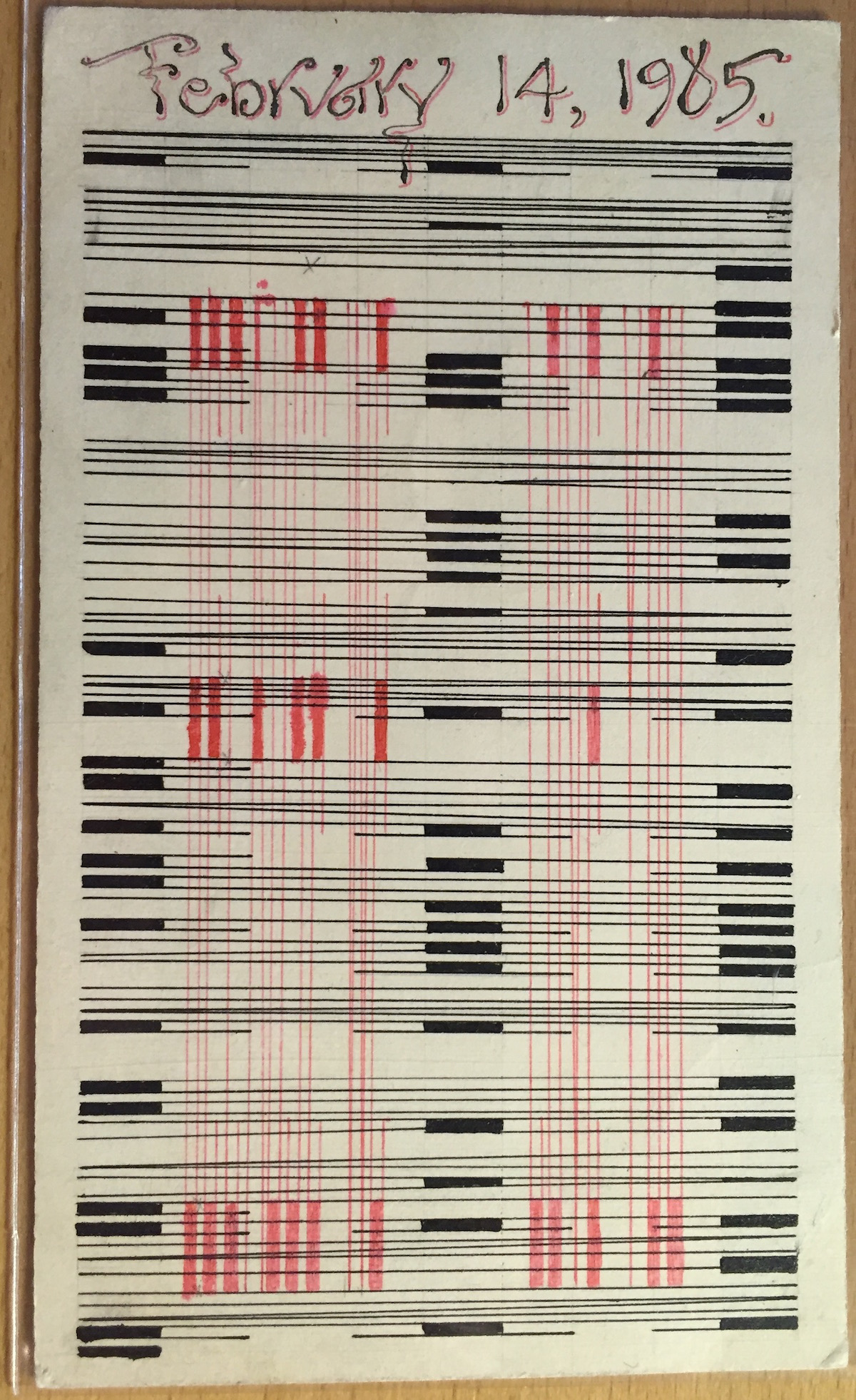Steganographic message from the Second World War solved
Blog reader Gerd has deciphered an unresolved message from World War II that I recently featured. The encryption process has come up many times on this blog. What is surprising is what it was used for.
The week before last, I presented five unsolved ciphers (“cold cases”) on Cipherbrain, which I briefly showed in the ICCH forum discussion on the same day. Once again, my blog readers did a great job on this: Before the discussion had even started, two of the five cases had been solved.
I have already reported on one of the cold case solutions – blog reader Rossignol solved the Pigpen cryptogram by artist Guy de Cointet.
Unfortunately, I did not mention that ShadowWolf has done important preliminary work for this decryption, which I want to make up for here. I also want to mention that Armin Krauß has already solved another encryption method from the same book by de Cointet, which I will discuss in a separate blog article.
The second cold case solution came even earlier. Blog reader Gerd took just two and a half hours to post the decryption of Lambros Callimahos’ steganographic message.
Before going into details, I would like to mention that some of my blog readers have published interesting articles and videos. There is a new article on the Voynich manuscript by Richard SantaColoma. Dave Oranchak (“The Quest to Crack the Zodiac 340 Cipher”)and Nils Kopal (“The BB84 Quantum Key Exchange Protocol Explained”) have made videos available on YouTube.
The solution to the steganographic puzzle
Back to the solved cold case. Here is the image that is the subject of the following:
NSA cryptologist Lambros Callimahos describes this drawing in his book and states that a message is hidden in it. It is supposed to be an authentic mail from World War II, which seemed suspicious to a censor.
Blog reader P. Herden suspected that an encryption technique was used, which I have already presented umpteen times on this blog: the Anamorphicon. A detailed article on this can be found here.
How an anamorphicon works can be shown with the following postcard, which Tobias Schrödel made available to me:
The graphic elements on the postcard are extremely elongated letters. If you compress the card to 10 percent of the width (and rotate it 90 degrees), you get the following:
If you compress the card vertically, you get another message:
The solution
P. Herden’s guess turned out to be correct. Blog reader Gerd finally found the solution. Squeezed and rotated by 90 degrees, you can see the following in the lower part of the picture:
The writing is not particularly clear, but still legible:
GOTT STRAFE ENGLAND
Who sent such a thing and why?
Anamorphica are usually used as gimmicks or puzzles. The Callimahos image is the first cryptogram of this kind that I know of that has a serious background.
Why anyone would send such a phrase through the mail during World War II is beyond me. Equally unclear to me is the motif of the image (the devil on a castle-like building) and the text below it. Unfortunately, Callimahos gives no clues as to who sent this picture and when. Since the plain text is written in German, it is unlikely to have taken place in England. Maybe a reader has an idea.
Congratulations and many thanks to Gerd P. Herden for this decipherment!
If you want to add a comment, you need to add it to the German version here.
Follow @KlausSchmeh
Further reading: Anamorphica: Eine alte und witzige Form des Verschlüsselns
Linkedin: https://www.linkedin.com/groups/13501820
Facebook: https://www.facebook.com/groups/763282653806483/








Letzte Kommentare